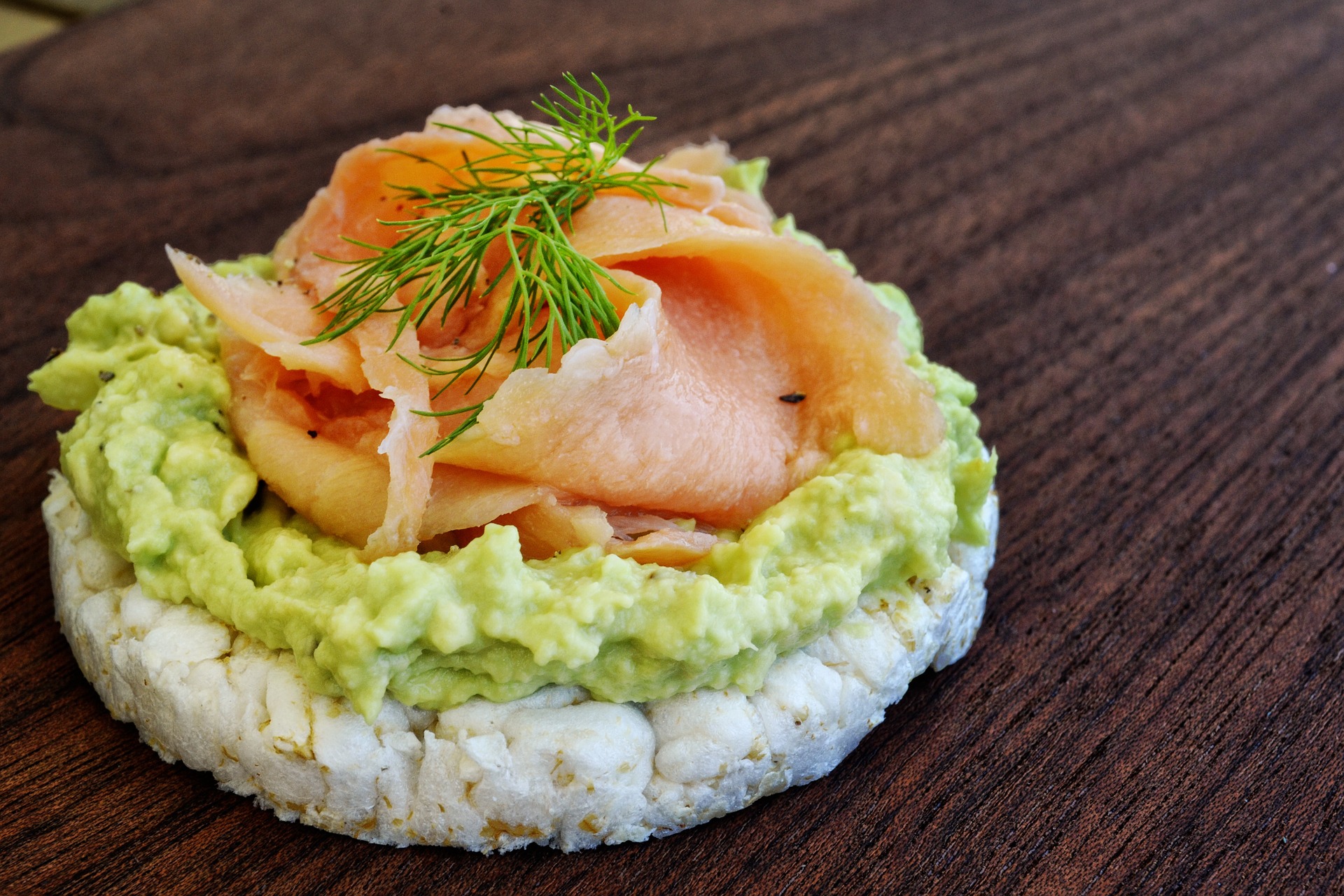The journey to a healthy lifestyle is made of progress, drawbacks and also mistakes. When trying to get rid of unhealthy habits we tend to focus on finding substitutes, and that’s something the food industry as clearly understood. The amount of supposedly healthy or fat loss friendly products is significant but it doesn’t mean that all those health claims are true. We wish we could trust every promise but the truth is that we have to look beyond and act as detectives.
Low fat, gluten free, sugar free, low calorie, natural… don’t get fooled by the labels, pay attention to the ingredients and try to know more about the manufacturing process. And get ready for some big surprises.
So what about those rice cakes (or polystyrene cakes as you may prefer to name them)? Who never tried them when going on a diet? They are gluten free, low calorie (well, not really if you compare to their weight), they are comforting and we can make tasty and cute little toasts with veggies or fruits and (pea)nut butters.
Too good to be true. They are not as healthy as you might think whether they are organic or not, and there are at least 3 good reasons to stop buying them, especially if you buy them for your kids.
Nutrient poor
Eating clean doesn’t mean eating less and being deprived even if your goal is weight loss. The focus musn’t be only on lowering the caloric intake, it is important to have the good nutrient ratios in order to provide your body with sufficient energy, maintain a good hormonal balance and keep you motivated in the long term. Your body will always feel better with nutrient rich foods that provide energy, vitamins and minerals and a real feeling of satiety.
As for rice cakes, the reason they are low calorie is because they are full of air and nutrient poor: protein, fiber, good fats, vitamins and minerals are all missing because of the manufacturing process at very high temperature which is called “extrusion”. They do not satiate and do not provide enough energy.
High glycemic index
Rice cakes also have a high glycemic index, which is to say that they can cause a very quick increase in blood sugar (glucose). Added to the fact that they only contain carbohydrates, this means that the glycemic load (glycemic index compared to the carbohydrate intake) is also high and that the level of blood sugar will be even higher, depending on how much you eat.
Consuming such foods regularly can harm cardiovascular health, increase the risk of diabetes, cause hypoglycaemia, increase cravings and hunger and slow down your weight loss.
The arsenic they don’t talk about
Arsenic can be found naturally in soils and water, but rice is at least 10 to 20 times more exposed than other cereals because it is grown in flooded conditions which makes it easier for the arsenic to enter it. The level of arsenic varies from one country to another and depending on the type of products.
Studies show that Basmati rice has the lowest levels, then comes brown rice, rice cakes and crackers and finally rice milk.
As for the producing countries, many of them don’t impose any maximum threshold and there is little traceability regarding the origin of the rice used in rice cakes.
So why worrying if arsenic’s presence in soils is natural? Because arsenic is known for causing cancer and is even classified by European Union as a category 1 carcinogen. This, if it is consumed in high concentration. It can also increase the risk of cardiovascular diseases. Young children are particularly vulnerable because of their low weight and the immaturity of their digestive system.
Does it mean that we can’t eat rice at all? No, but it has to be consumed with moderation, not on a daily basis and with much attention given to how it is cooked. So you will do better with an occasional basmati rice, cooked in a large amount of water than with rice cakes at each breakfast.

